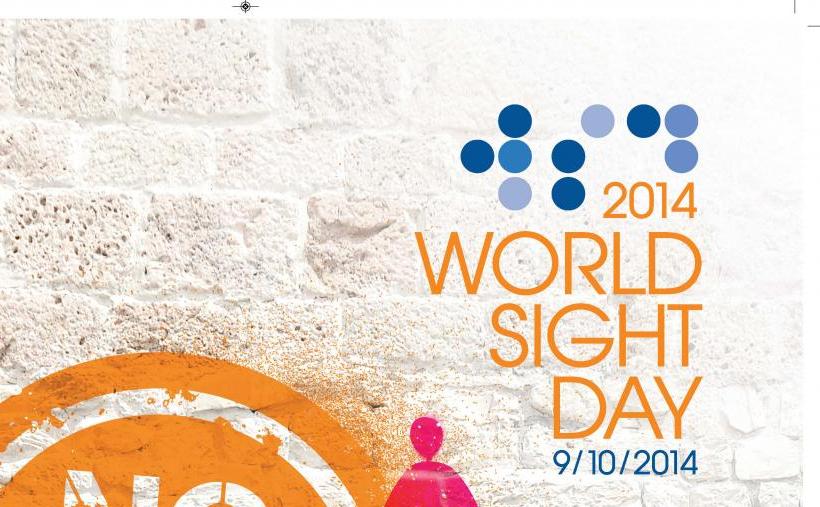
World Sight Day (WSD) is an annual day of awareness held on the second Thursday of October, to focus global attention on blindness and vision impairment. World Sight Day 2014 is on 9 October 2014.
This year, the 'Call to Action' for World Sight Day is: No more Avoidable Blindness
WSD is co-ordinated by the International Agency for the Prevention of Blindness (IAPB) under the VISION 2020 Global Initiative. The theme, and certain core materials are generated by IAPB. All events are organised independently by members and supporter organisations.
On World Sight Day, IAPB members work together to:
- Raise public awareness of blindness & vision impairment as major international public health issues
- Influence Governments/Ministers of Health to participate in and designate funds for national blindness prevention programmes
- Educate target audiences about blindness prevention, about VISION 2020 and to generate support for VISION 2020 programme activities
Quick Facts:
- Approximately 285 million people worldwide live with low vision and blindness
- Of these, 39 million people are blind and 246 million have moderate or severe visual impairment
- 90% of blind people live in low-income countries
- Yet 80% of visual impairment is avoidable - i.e. readily treatable and/or preventable
- Restorations of sight, and blindness prevention strategies are among the most cost-effective interventions in health care
- The number of people blind from infectious causes has greatly reduced in the past 20 years
- An estimated 19 million children are visually impaired
- About 65 % of all people who are visually impaired are aged 50 and older, while this age group comprises only 20% of the world's population
- Increasing elderly populations in many countries mean that more people will be at risk of age-related visual impairment.
